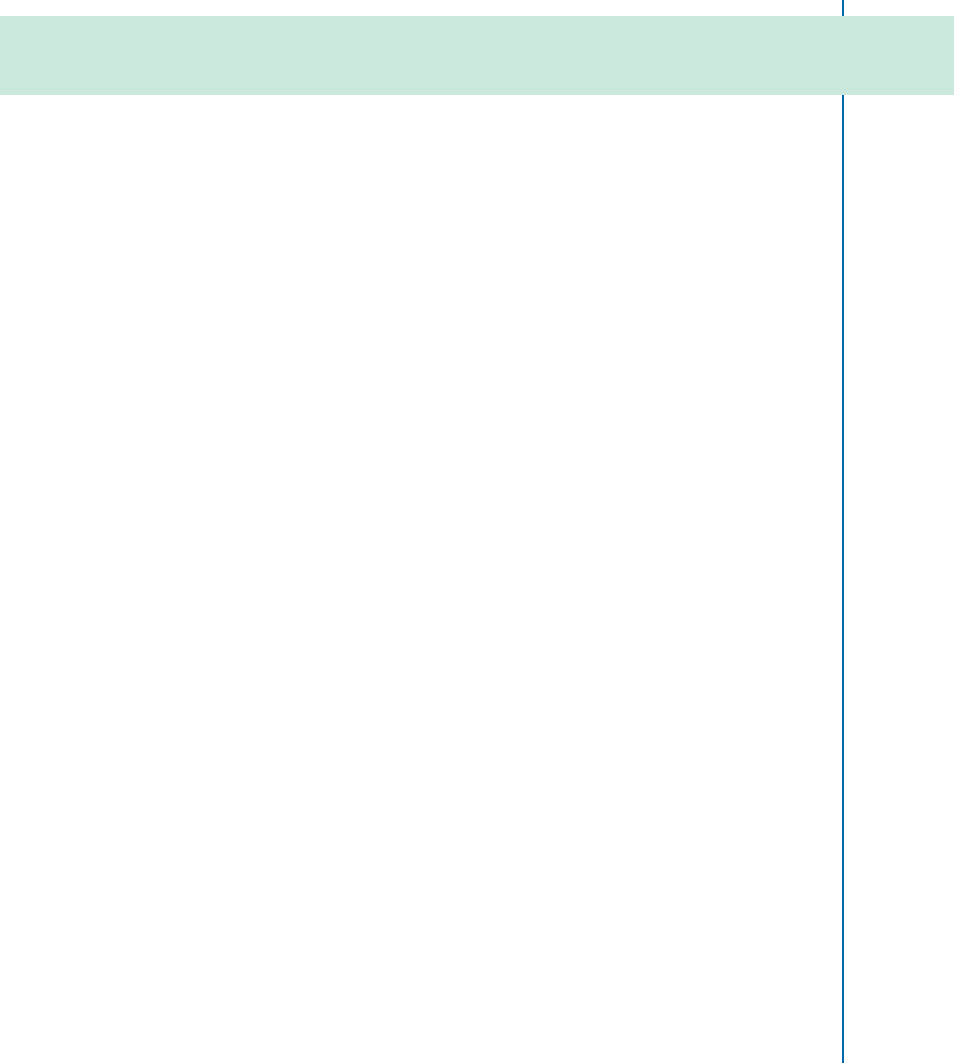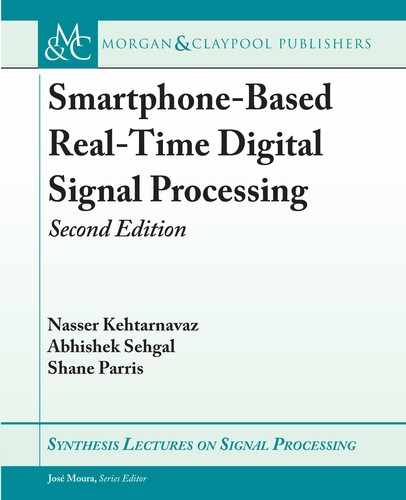
xi
Preface
Real-time or applied digital signal processing courses are offered as follow-up courses to con-
ventional or theory-oriented digital signal processing courses in many electrical engineering cur-
ricula. e purpose of offering real-time or applied digital signal processing courses is to enable
students to bridge the gap between signal processing theory and implementation aspects.
A typical real-time or applied digital signal processing course is normally held within the
confines of a teaching laboratory room that is equipped with implementation hardware plat-
forms and the accompanying software for those platforms. e fact that mobile devices, in par-
ticular smartphones, have become powerful processing platforms led to the development of this
book toward enabling students to use their own smartphones as implementation platforms for
running signal processing algorithms as apps considering that these days nearly all students pos-
sess smartphones. Changing the hardware platforms that are normally used in real-time applied
signal processing courses to smartphones creates a truly mobile laboratory experience or envi-
ronment for students. In addition, it relieves the cost burden associated with using dedicated
signal processing hardware boards noting that the software development tools for smartphones
are free of charge and are well-maintained by smartphone manufacturers.
is book is written in such a way that it can be used as a textbook for real-time or ap-
plied digital signal processing courses offered at many universities. Ten lab experiments that are
commonly encountered in such courses are covered in the book. is book is written primarily
for those who are already familiar with signal processing concepts and are interested in their
real-time and practical aspects. Similar to existing real-time courses, knowledge of C program-
ming is assumed. is book can also be used as a self-study guide for those who wish to become
familiar with signal processing app development on either Android or iPhone smartphones. In
this second edition, various updates are made to reflect the newer versions of the software tools
used in the first edition.
e smartphone-based approach covered in this book eases the constraint of a dedi-
cated signal processing laboratory for the purpose of offering applied or real-time signal pro-
cessing courses as it provides a truly mobile platform for implementation of signal process-
ing algorithms. A zipped file of the codes discussed in the book can be acquired from this
third-party website
http://sites.fastspring.com/bookcodes/product/SignalProcess
ingBookcodesSecondEdition.
xii PREFACE
As a final note, I would like to thank my co-authors and ex-students, Abhishek Sehgal
and Shane Parris, for their contributions, in particular for the development of the lab codes, in
the first and second editions of this book.
Nasser Kehtarnavaz
November 2018
..................Content has been hidden....................
You can't read the all page of ebook, please click here login for view all page.
